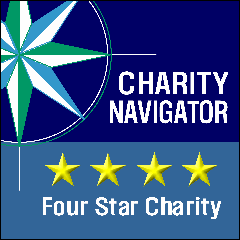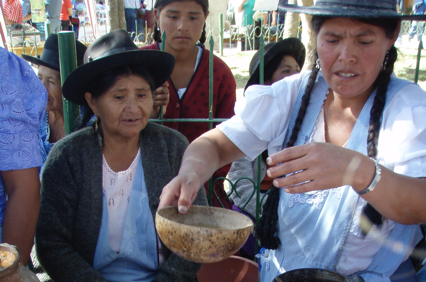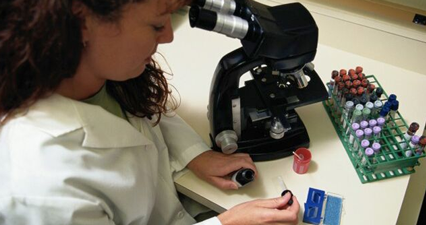
Year in Review
$86,096,884
303
131
Our new logo with the message, “Together our impact is greater,” features three dots converging in its center. The blue dot represents CDC, the purple dot represents the CDC Foundation and the teal dot represents the Foundation’s partners. Gray dots radiating out of the logo’s center represent our collective impact.

Together our impact is greater

“Your support helps bring resources, people and ideas together to advance CDC's critical work. Collectively, we are improving and saving lives and creating a healthier and safer world.”
Message from Our President and CEO
Dear Friends,
During my career, I have served across a spectrum of positions focused on health, from rural physician to physician educator to hospital administrator to public health leader. In each of these roles, I witnessed examples of the government and the private and philanthropic sectors working together.
I have to admit, however, that it was not until I joined the CDC Foundation nearly two years ago that I realized the full power of public-private partnerships. In my experience at the CDC Foundation, I have been inspired by the transformative power of bringing organizations together working toward common goals to save lives and improve health in America and across the globe.
This year, our team working together with the Centers for Disease Control and Prevention (CDC) and incredible donors, like you, has advanced efforts to prevent debilitating birth defects in children, sought to address the rise of antibiotic resistance, worked to improve health in cities across America, and much, much more.
From our experience here at the CDC Foundation, we know that people, groups and organizations have greater positive impact and can accomplish more together. And we conveyed this powerful idea through the CDC Foundation’s new branding—including our tagline, logo and messaging.
Our new tagline,”Together our impact is greater,” emphasizes that when we work together versus alone, we collectively have the means, science and reach to improve the public’s health and safety. This idea is also carried forward in our new logo, which features three dots converging in its center. The blue dot represents CDC, the purple dot represents the CDC Foundation and the teal dot represents the Foundation’s partners. Gray dots radiating out of the logo’s center represent the impact created by working together.
Here at the CDC Foundation, we view philanthropy as an opportunity to contribute to breakthrough collaborations and innovations to address complex health challenges. Of course, none of our work would be possible without the commitment or the trust and generosity of each of you.
Some of you supported the CDC Foundation for the first time this year, while others have been supporters since we were created by Congress more than two decades ago. To all of you, we thank you for your support, which unleashes the power of collaboration. And to those of you who are intrigued by the idea of collaboration and helping CDC do more, we invite you to connect with us to extend your reach and increase your impact.
With deepest thanks and appreciation,
Judy
The Power of Collaboration
Our Donors
We are thankful for you
Thank you for partnering with us. Together, we are creating innovative, high-impact programs and breakthrough collaborations that save and improve millions of lives across the globe.
CDC Foundation Board of DirectorsOur Donors








